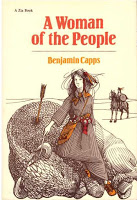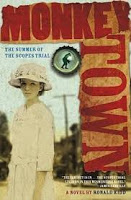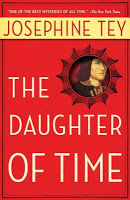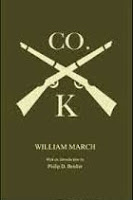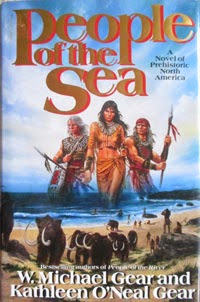by W. Somerset Maugham
* * * warning there are spoilers here * * *
It is a highly fictionalized account of the life of Paul Gauguin; in this novel the character of the artist is named Charles Strickland. It is told through the eyes of a bystander, a man who happens to meet Strickland\’s wife at a dinner party and later becomes curious about the man\’s character and becomes a close acquaintance. I wouldn\’t say friend, as he never liked the man, who had a blatant lack of regard for other people\’s feelings. In this story, Strickland suddenly leaves his wife and moves to France in order to pursue his art undistracted. The narrator encounters him again through the friendship of another artist- a simple, trusting man who admires Strickland\’s then-unrecognized genius. When Strickland, often destitute, falls seriously ill, this other artist takes him in; things happen and the poor man\’s marriage is destroyed. Strickland leaves- and our narrator (willingly) looses track of him for a while. Later he conveniently happens to meet other men who have had later acquaintance with the artist, and finds out that Strickland went to live in Tahiti, where he lived among the natives, seeking out a primitive idyll. He lived with a young woman who was his unofficial wife, and died in isolation and great suffering from leprosy. All the while, to the very last trying to paint and express some ideal vision from his soul.
While the book has a rather pessimistic view of human nature- at least, as far as the character of Strickland is concerned- it is so well-written I did enjoy it. Being told as a second-hand account, it has a lot of other characters and little side-stories. The writing style and descriptions of life in Paris, reminded me somewhat of George Orwell\’s work, Down and Out in London and Paris.
It did spur me to look up more about Gauguin, so I learned how many liberties this story actually takes. While a lot of it is roughly true to case, he didn\’t, for example, leave his wife in the way described. He did have quite a number of sales during his artistic career, had a dealer, didn\’t die in complete obscurity – nor of leprosy- and lived on a few south sea islands in succession, not just Tahiti. He had a different, young \”wife\” at each tropical locale- quite arguably the man was a pedophile. One of the scenes in the book which I found most moving, where he painted the entire walls of his house in a mural considered a masterpiece, and then his young wife burned it to the ground at his request after his death, was completely fabricated. I did wish more of the story covered his life in the tropics- that was such a short segment at the end of the novel.
The idea of a man driven to express something, having no desire for anything but to paint, and forsaking everything in his comfortable life to pick this up at age forty, facing the ridicule of those in polite society around him- well, there is something admirable in that. I know what it is like to be enthralled by the act of creation with your hands, even if the resulting product is not so great- to want to keep doing it just because you feel so alive when you do.
Does anyone know what the title refers to? I could not quite figure that out. I\’m now curious to read a travelouge Gauguin himself wrote, about his time in Tahiti, called Noa Noa, and perhaps another fiction loosely based on his life by Mario Vargas Llosa, The Way to Paradise.
Borrowed from a family member.
Rating: 4/5 264 pages, 1919


